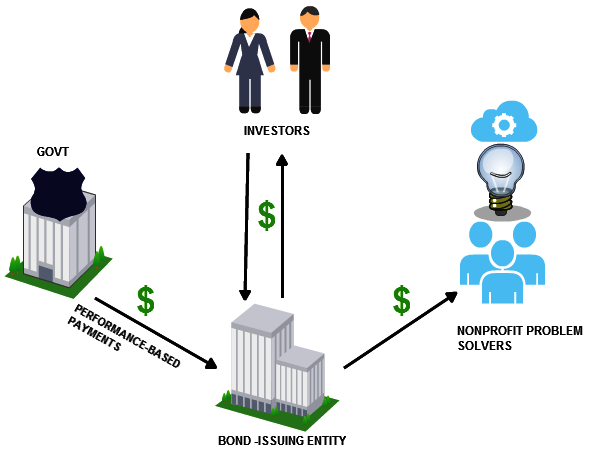Jen Filla of Aspire Research Group and I have just signed a deal with John Wiley & Sons to write Prospect Research for Fundraisers; The Essential Handbook. We’re thrilled!
This book is going to be handy for every single front-line development officer, from the solo fundraiser in a one-person shop to the VP for Advancement overseeing a large university research department.
We’re going to highlight the successful partnerships, the innovative ground-breakers and the hair-tearing learning experiences, and our findings just may surprise you.
If you’ve ever wondered…
…then this book is for you!
We’re interviewing fundraisers and researchers to gain lots of perspectives, and the book will be chock-full of case studies and examples. We still have some space, so if you’d like to be featured for your great front-line/research collaborations, let us know!

